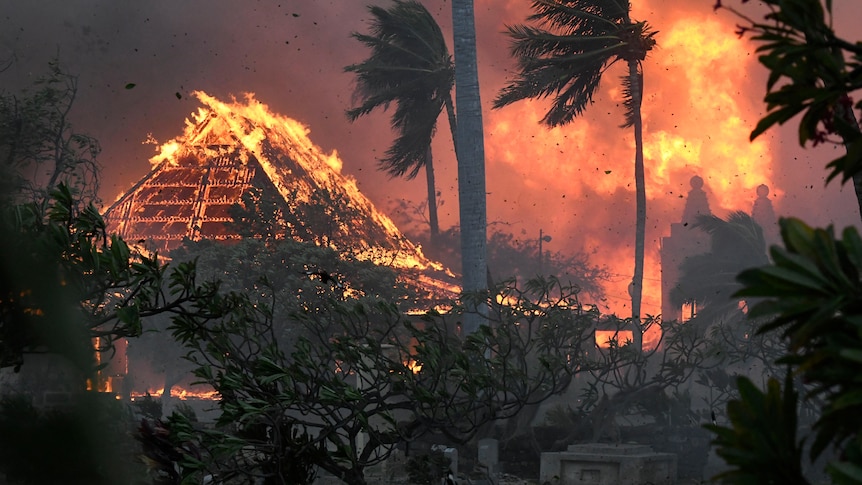Let’s look at the two decades to 2001, compared to the two decades afterwards. In Australian forests, the average annual burned area in the second period was 350 per cent greater than in the first. If we include 2019 — the year the Black Summer fires began — the increase rises to 800 per cent.
The Black Summer fires were started by lightning and human activity. They were fuelled by extreme heat, record low rainfall and widespread dieback of vegetation. It meant the fires burned at unprecedented intensity.
The Black Summer fires burned more than 24 million hectares nationally. Some 33 people were killed by the fires, more than 429 died from smoke-related effects, and more than 3,000 homes were destroyed.
The drying and warming that drove the Black Summer fires are linked to human-caused climate change. These changes are resulting in longer fire seasons and extended periods of drought.
As I watch the fires blazing in Hawaii, I’m constantly asking myself: when will Australians — who live on one of the most fire-prone continents on Earth — get a grip on this escalating global problem? How many more warning signs do we need?


